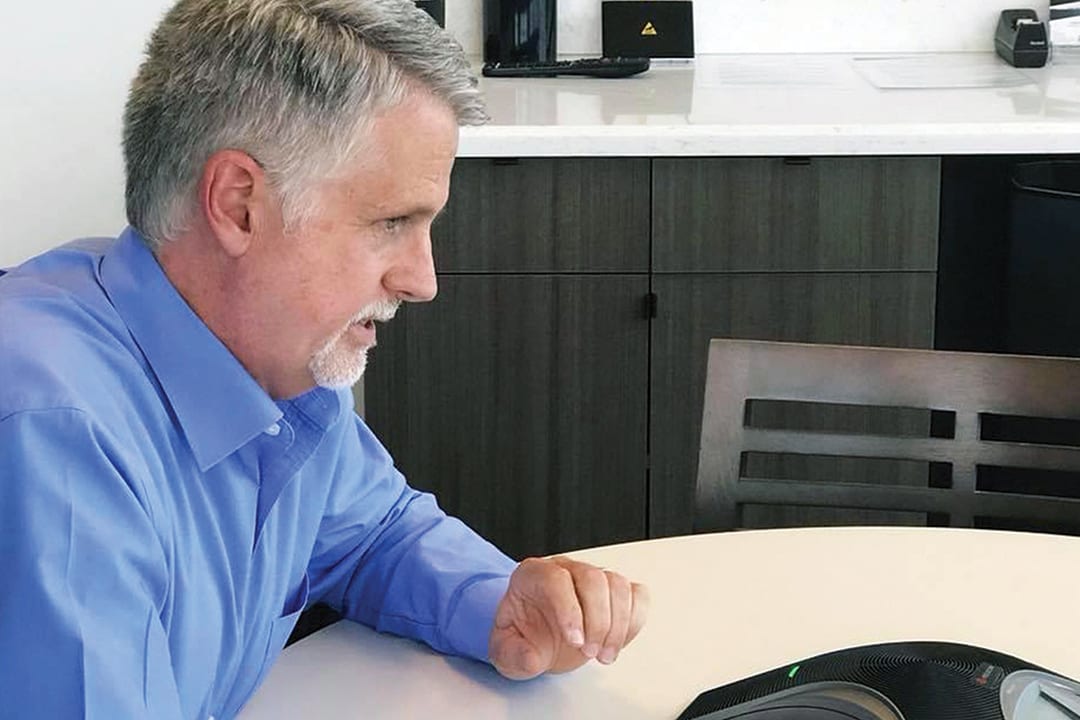Better Project Life Performance

This month our Utilities Service Director, Bill Brungardt, P.E., was a podcast guest of ISE President, Janice Oliva. The discussion, ‘Planning and Design for Better Project Life Performance’, focuses on areas of design that result in economical and sustainable fiber deployments, which has been a balancing act for engineers since the 1980’s.
Conduit Count
When fiber optical cable first entered the United States in the early 1980’s, it was mostly deployed for long haul fiber routes. Long haul refers to the city-to-city connection of fiber. In many of these deployments the fiber optic cable was direct buried, and installed along highways, railroads, and existing coaxial cable easements. Engineers realized quickly that they needed conduits for protection, restoration, and future expansion, as well as, handholds for slack storage.
As deployment of fiber optic cable advanced across the U.S., duct count increased in popularity and stayed popular until Fiber to the Home (FTTH) came along in the 2000’s. Eventually, questions arose around the sensibility of the conduit considering it’s the most expensive material installed. A conduit is a pathway which allows fiber easily placed or removed, typically made of PVCOR or HDPE. Conduits/ducts are interchangeable words that describe where fiber is housed. For FTTH conduits play a vital role to support the optical cable to multiple distribution hubs.
We recommend that our customers keep the conduit and consider a back-up duct with long haul routes and backbones fiber. However, once the optical cable is close to the customer location, direct bury of the cable is a practical cost-saving consideration. Keep in mind though, that forgoing conduit will result in higher future maintenance costs because cable hits will require full cable replacement, not just splicing. If the customer has a cut on a cable inside a conduit, it can be quickly repaired on a service call.
Impactful Areas of Design
In order to be cost-effective, engineers must consider two impactful areas of design that aid in creating economical deployment. These are choosing the right path and location of the cable and selecting the right products and installation methods. These decisions differ depending on whether it’s long haul and Fiber to the x (FTTx) or FTTH.
Let’s break it down. In a FTTH deployment, the fiber/duct footages are so high that engineers must be careful to select paths that ensure an economical build that meets project objectives. BHC uses auto design software which maximizes pathing efficiencies in city builds. This is then field-checked for utility congestion and other constructability issues to ensure it is buildable. Comparatively, long haul and FTTx pathing and other design decisions are typically straight-forward due to the point-to-point nature of the deployment. The location decision usually involves whether or not to cross to the other side of the street or road and whether to cross large waterways via directional boring or attaching to the bridge. At BHC, we keep road crossings to an absolute minimum (as it instantly adds about 200 feet of construction) and we like to specify boring beneath waterways whenever possible (because attaching to bridges is very expensive). We can always do a quick cost feasibility study to determine costs of different scenarios.
Once pathing is determined, fiber deployment comes down to aerial or buried placement. Aerial attachment to poles has historically been the most cost-effective methods of deploying fiber to the customer. However, engineers face issues with pole change-outs, time for moving other communication cables, and joint pole use. Pole change-outs happen when the pole is not tall enough to accommodate all cables on it or it is structurally overloaded. A pole change can be costly and is the current driving force behind moving aerial construction underground. Even simple cable rearrangements can cost $1,000 to $2,000 per pole, while pole change-outs can run $8,000 to $12,000 depending on the size of the pole. Disadvantages to pole attachment include potential storm damage, long approval process time, and recurring pole attachment fees.
Buried fiber lines on the other hand, are protected from the elements, which make them more reliable than aerial fiber deployments, especially in areas of extreme weather. However, buried cable is more expensive due to utility congestion and the presence of rock. In addition, it is invisible from the surface which makes it more susceptible to accidental hits from others digging in the right of way. Here, aerial cable has an advantage in that one can easily see it is on the pole. One way to control buried cable costs is to bury the cable/conduit shallower.
The Micro-Trenching Trend
Micro-trenching is comprised of cutting a narrow trench around 1″ to 2″ wide and up to 14″ deep, just off the gutter lip (in the street). Material costs and installation for micro-trenching are lower than the organic underground boring and trenching method. This push for micro-trenching is driven mostly by the associated low cost, speed of deployment, and minimal disruption in city traffic. While more cities are allowing micro-trenching every year, we use caution in its use and recommend it only in non-freeze cities. While initial installation costs are lower, long term maintenance costs are sure to be high. Google used micro-trenching in areas such as Austin and Charlotte for their Google Fiber builds.
At BHC, we make sustainability a reality by helping our customers make sound design, material, and placement decisions that result in an economically constructed and long-lasting project from which they’ll benefit for years to come.
